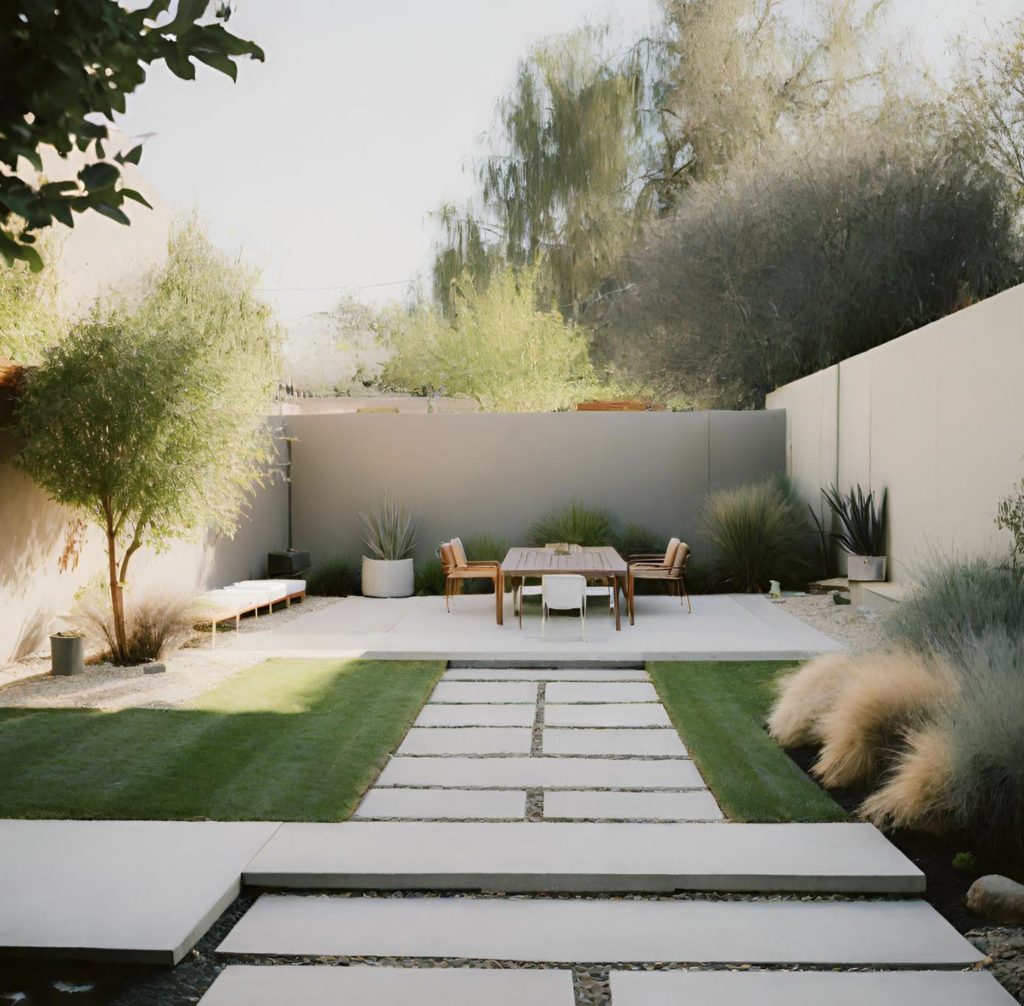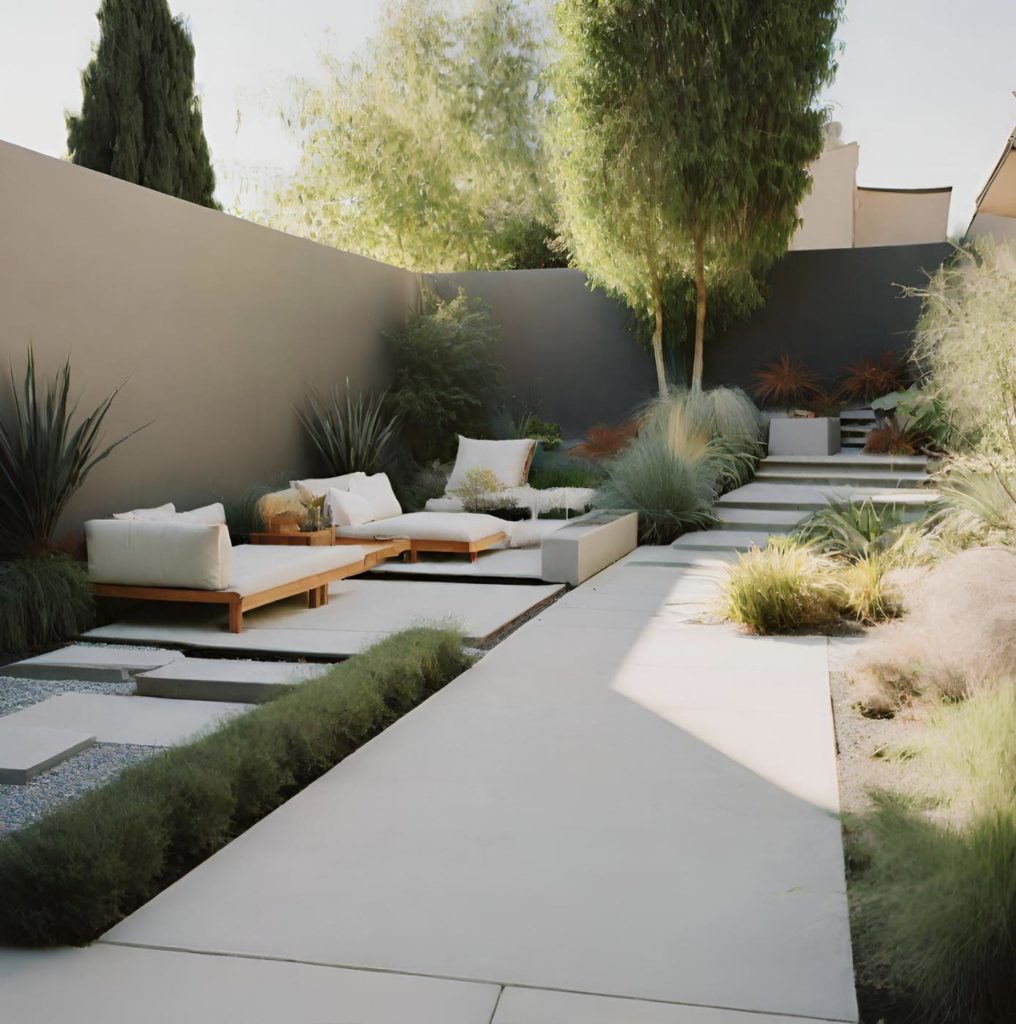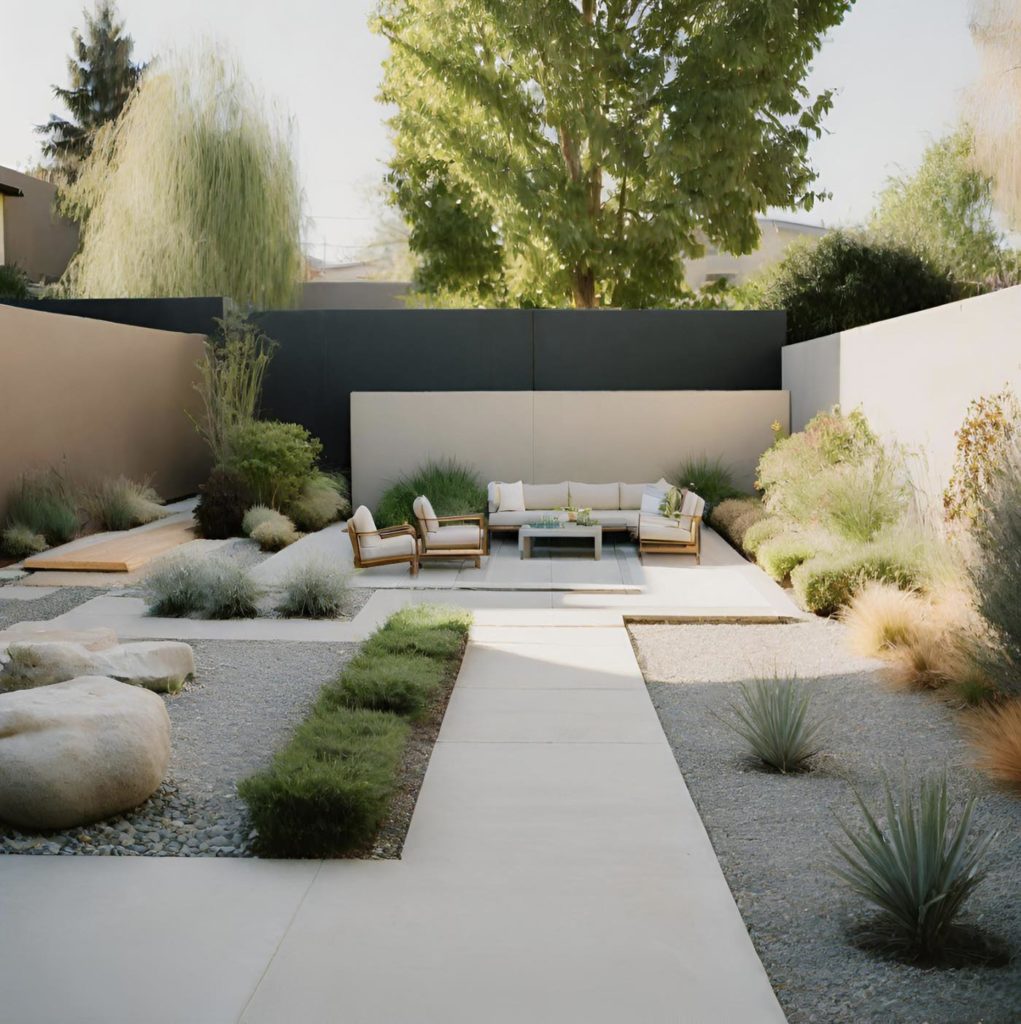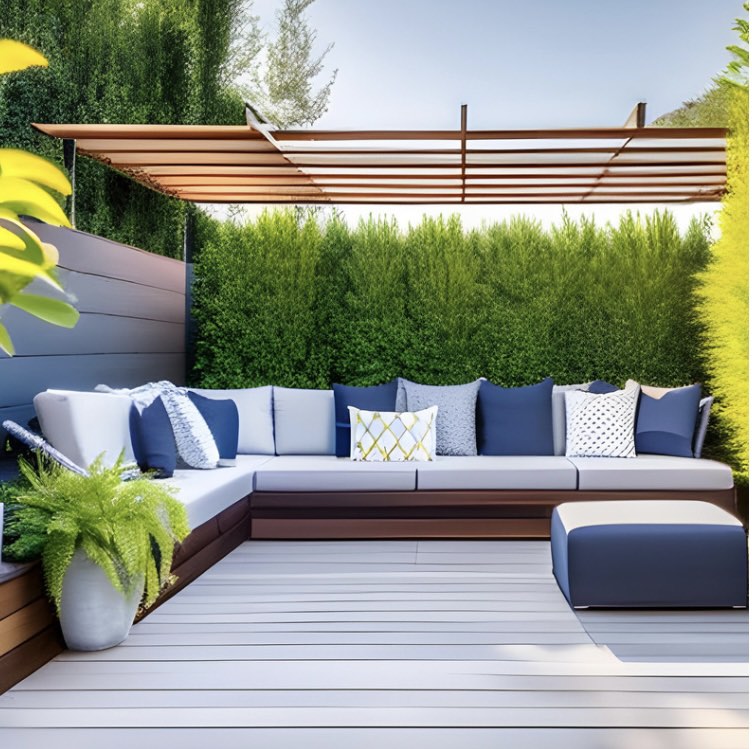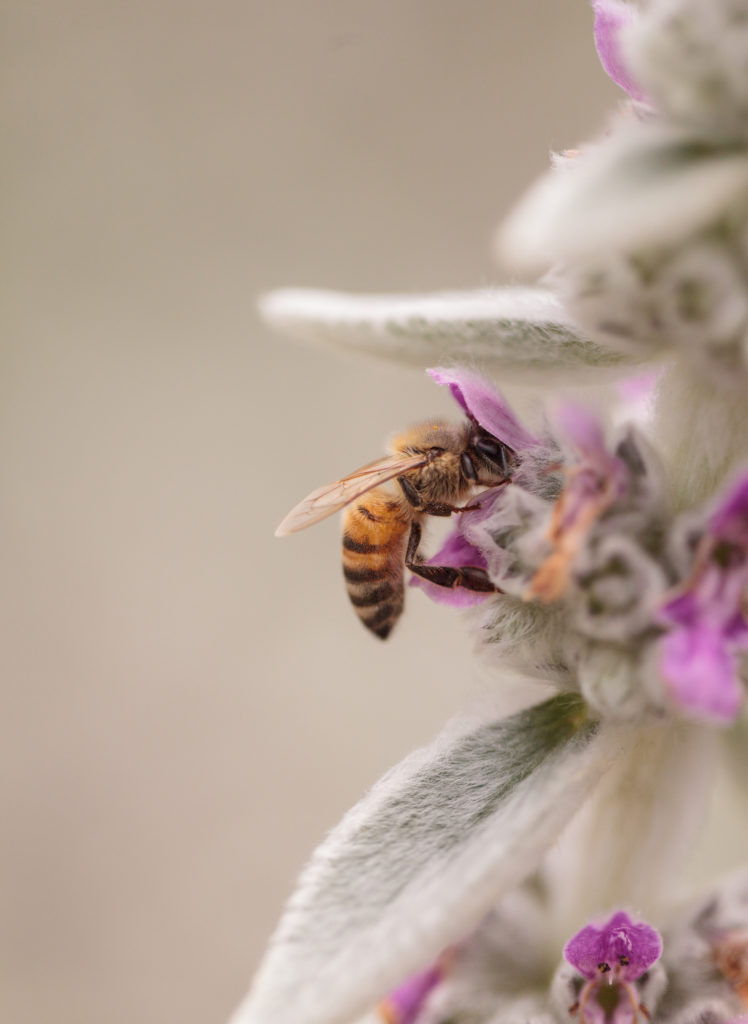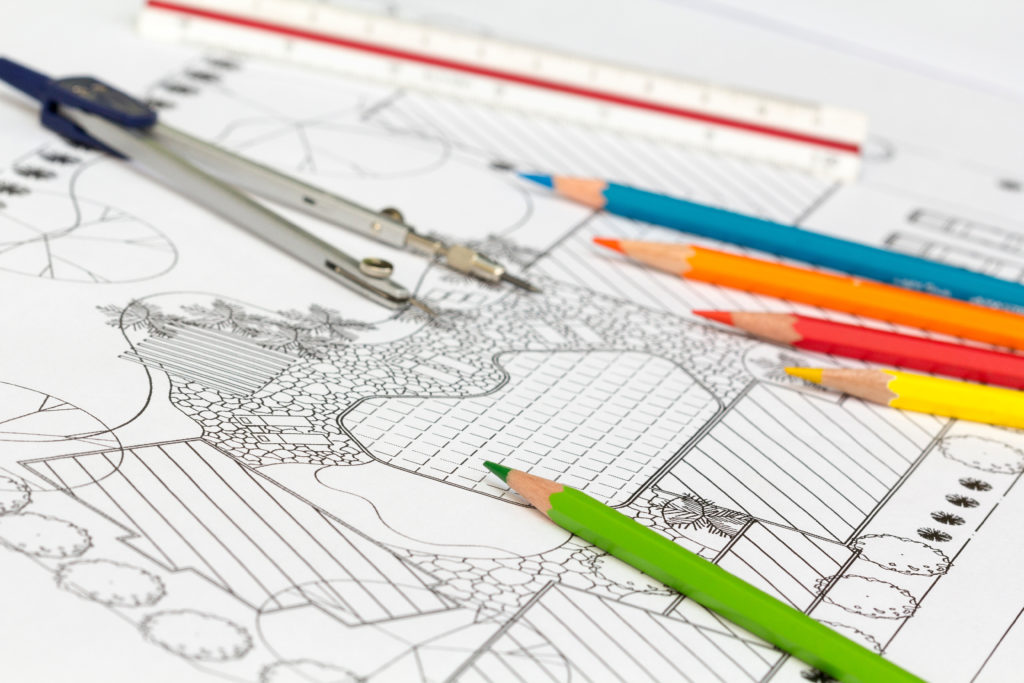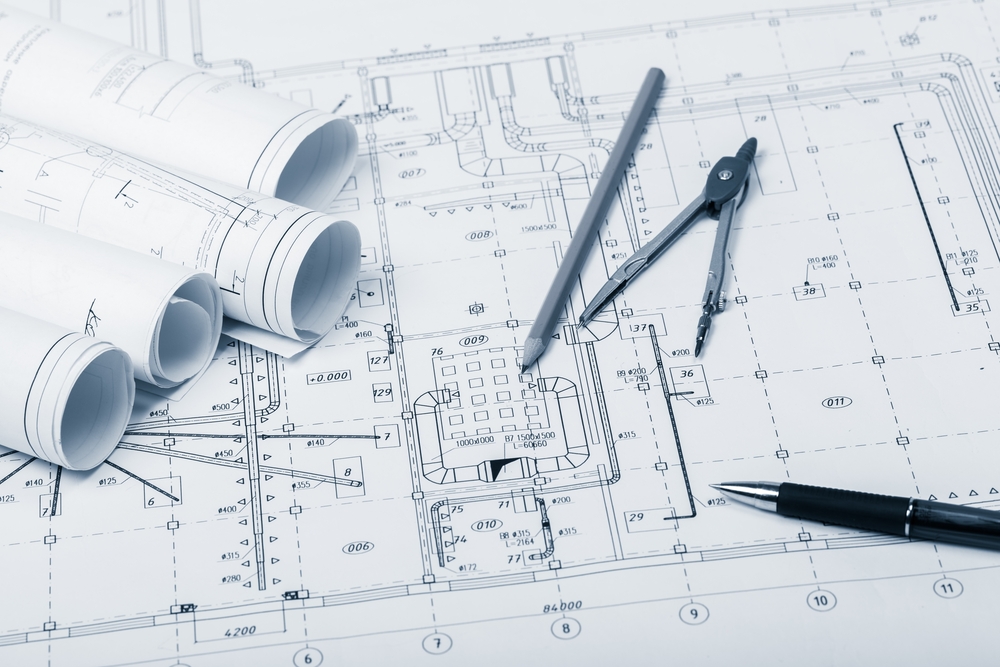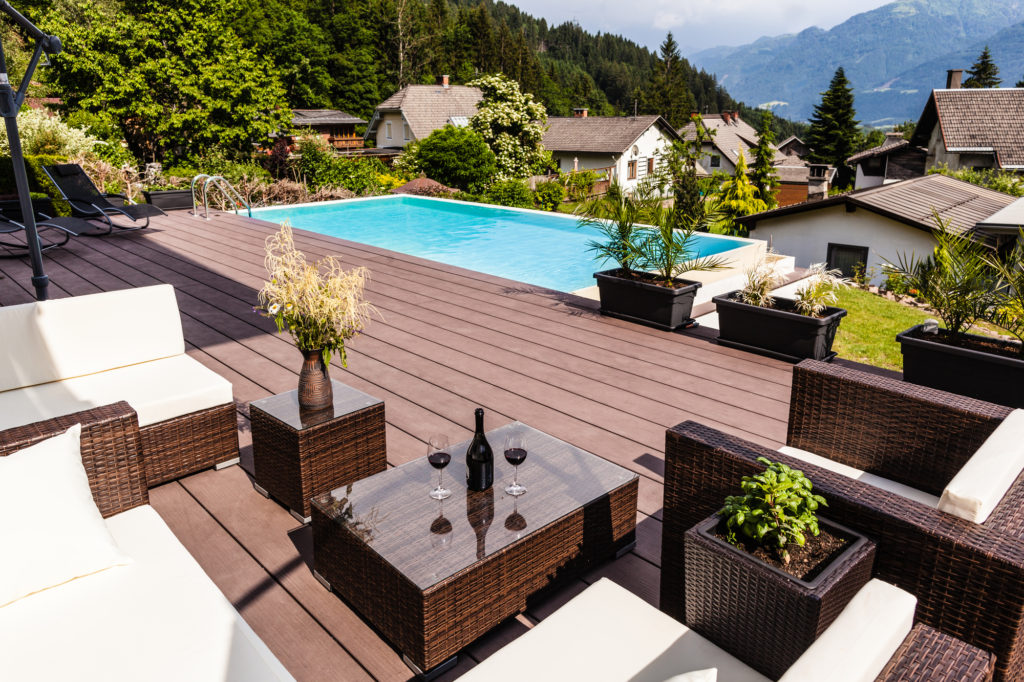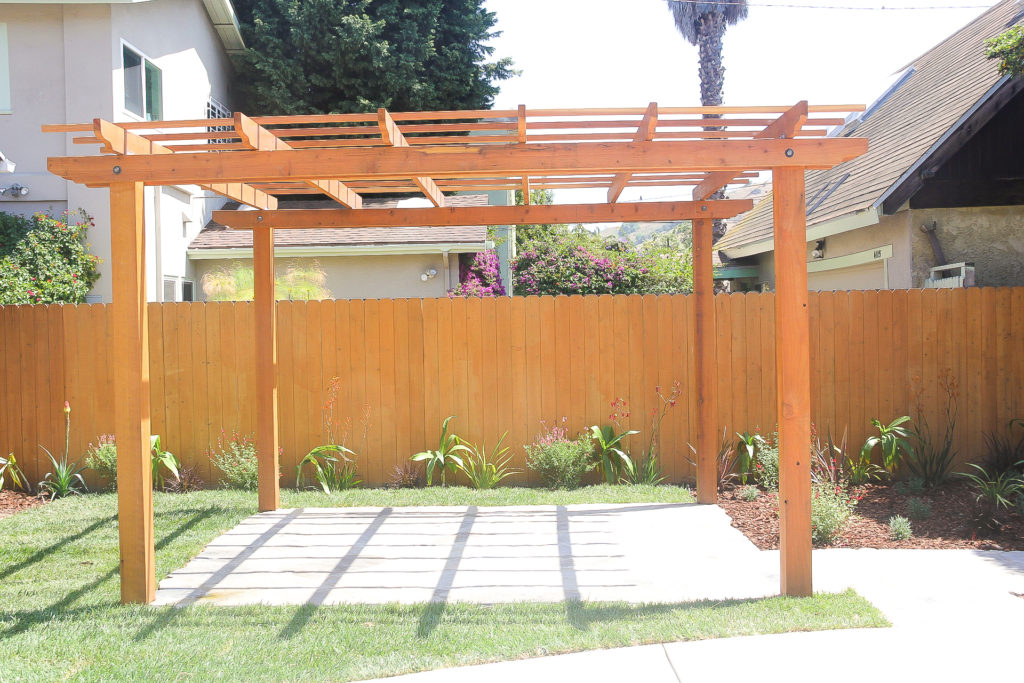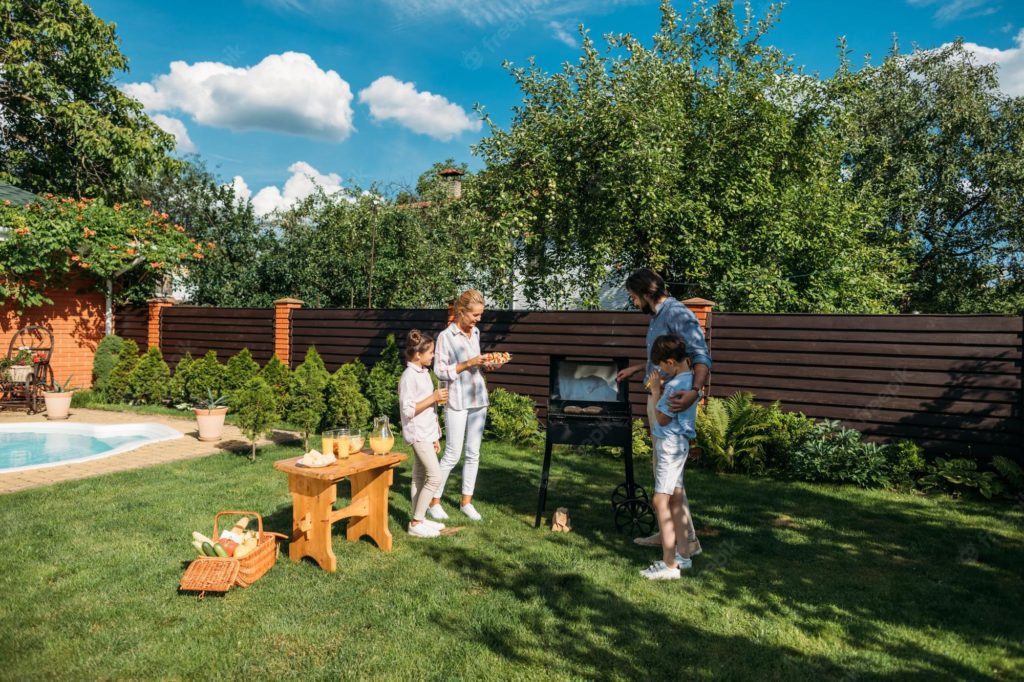Maximizing Your Property Value: The Benefits of Investing in Landscape Design
When it comes to maximizing the value of your property, one often overlooked aspect is landscape design. Many homeowners focus solely on the interior of their homes, neglecting the potential that a well-designed outdoor space can have on their property’s value. Landscape design not only enhances the aesthetic appeal of your property but also provides numerous practical benefits. From increasing curb appeal to creating a functional and enjoyable outdoor living space, investing in landscape design can significantly boost your property’s value.
One of the primary reasons why landscape design is crucial is its impact on curb appeal. The exterior of your property is the first thing potential buyers or visitors see, and a well-designed landscape can make a lasting impression. A beautifully landscaped front yard with carefully chosen plants, trees, and hardscape elements can instantly elevate the overall appearance of your property. This curb appeal not only attracts potential buyers but also increases the perceived value of your home.
In addition to enhancing curb appeal, landscape design also offers practical benefits that increase the functionality of your outdoor space. Design elements such as patios, decks, and outdoor kitchens provide areas for entertaining guests and enjoying the outdoors. Well-planned pathways and lighting can improve accessibility and safety, while strategically placed trees and shrubs can provide privacy and shade. By investing in landscape design, you are essentially extending your living space beyond the walls of your home, creating an inviting and functional outdoor oasis.
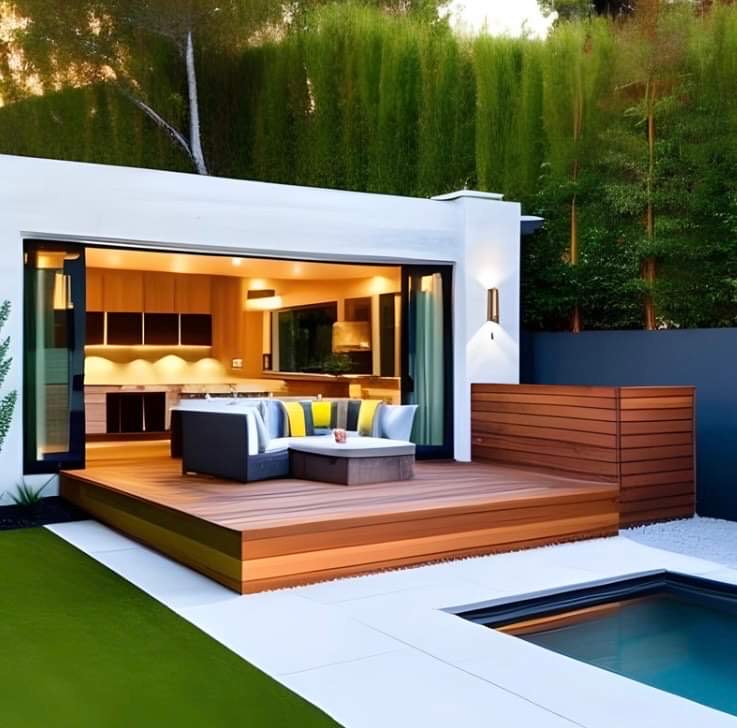
The Benefits of Investing in Landscape Design
Investing in landscape design offers a multitude of benefits that go beyond just aesthetics. One of the significant advantages is the potential for a higher return on investment (ROI). Studies have shown that a well-designed and maintained landscape can increase a property’s value by up to 20%. This means that for every dollar you invest in landscape design, you can expect a significant return when it comes time to sell your property.
Another benefit of landscape design is its impact on energy efficiency. Well-placed trees and shrubs can provide natural shade during the summer, reducing the need for excessive air conditioning. In contrast, during the winter, these same trees can act as windbreaks, helping to insulate your home and reduce heating costs. Additionally, a thoughtfully designed landscape can help manage water runoff, preventing erosion and flooding, and reducing the strain on municipal drainage systems.
Furthermore, a well-designed landscape has been shown to have a positive impact on mental health and well-being. Spending time outdoors and connecting with nature has been proven to reduce stress, improve mood, and increase overall happiness. By creating a serene and visually appealing outdoor space, you are providing yourself and your family with a peaceful retreat right outside your doorstep.
Landscape Design Trends for Maximizing Property Value
To maximize the value of your property, it’s essential to stay up-to-date with the latest landscape design trends. Here are some of the current trends that can help you achieve a modern and appealing outdoor space:
Sustainable Landscaping: Incorporating eco-friendly practices into your landscape design, such as using native plants, installing rainwater harvesting systems, and using permeable paving, not only reduces your environmental footprint but also appeals to environmentally conscious buyers.
Outdoor Living Spaces: Creating outdoor living areas that mimic the comfort and functionality of indoor spaces is a popular trend. From outdoor kitchens and dining areas to cozy seating nooks and fire pits, these spaces provide a seamless transition between indoors and outdoors.
Low-Maintenance Landscapes: With busy lifestyles becoming the norm, many homeowners are opting for low-maintenance landscapes. This trend includes using drought-tolerant plants, installing automated irrigation systems, and incorporating artificial turf or gravel for easy upkeep.
By incorporating these trends into your landscape design, you can ensure that your property stays ahead of the curve and attracts potential buyers who appreciate modern and sustainable outdoor spaces.
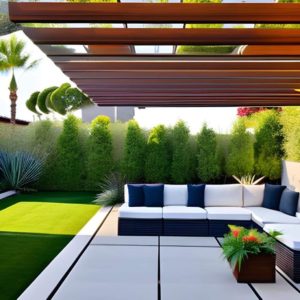
Landscape Construction: Turning Design into Reality
Once you have settled on a landscape design plan, the next step is turning that vision into reality through landscape construction. Landscape construction involves the physical implementation of the design, including excavation, grading, planting, and hardscape installation. Hiring a professional landscape construction company ensures that the construction process is carried out efficiently, adhering to local building codes and regulations.
During the construction phase, it is crucial to maintain open communication with the landscape construction team. Regular site visits and progress updates allow you to address any concerns or make adjustments to the design as needed. This collaborative approach ensures that the final result aligns with your vision and meets your expectations.
It is also important to consider the long-term maintenance requirements of your landscape during the construction phase. Discuss with your landscape construction team the necessary steps you will need to take to keep your outdoor space looking its best. This may include regular watering, pruning, fertilizing, and periodic maintenance of hardscape elements.
Design and Build: The Complete Landscape Solution
For a seamless and hassle-free landscape design and construction process, many homeowners opt for a design and build approach. Design and build companies offer a comprehensive solution, encompassing both the design and construction phases of the project. This integrated approach ensures that the design vision is carried through to the construction phase without any miscommunications or delays.
By choosing a design and build company, you also benefit from the expertise and experience of a team of professionals who specialize in landscape design and construction. They can guide you through the entire process, from initial concept development to final installation, ensuring that every detail is taken care of. This comprehensive approach not only saves you time but also ensures that your landscape design is executed flawlessly, maximizing its potential to increase your property’s value.
Choosing the Right Landscape Design Company
When it comes to selecting a landscape design company, it is essential to do your research and choose a reputable and experienced team. Here are some factors to consider when making your decision:
Experience: Look for a company with a proven track record of successful landscape design projects. Ask for references and pictures of their previous work to get an idea of their design style and the quality of their craftsmanship.
Expertise: Ensure that the company you choose has expertise in both landscape design and construction. This ensures that the design vision is seamlessly translated into the construction phase, resulting in a cohesive and well-executed outdoor space.
Collaboration: Choose a company that values open communication and collaboration. A good landscape design company will listen to your ideas, understand your needs and preferences, and work with you to create a design that meets your expectations.
Budget: Discuss your budget with the landscape design company upfront to ensure that their services align with your financial constraints. A reputable company will provide transparent pricing and help you make informed decisions based on your budget.
By considering these factors and thoroughly researching potential landscape design companies, you can make an informed decision and choose a company that will deliver exceptional results.
Case Studies: Successful Landscape Design Projects
To further illustrate the benefits of investing in landscape design, let’s look at some real-life case studies of successful landscape design projects:
Case Study 1: A suburban home with a plain and uninspiring front yard underwent a landscape design transformation. By incorporating colorful flower beds, a well-designed pathway, and a charming front porch, the curb appeal of the property was significantly improved. The homeowners reported a noticeable increase in interest from potential buyers, resulting in a quick sale at a higher price than initially anticipated.
Case Study 2: A commercial property with a large outdoor space sought to create an inviting and relaxing environment for visitors. The landscape design included the installation of a water feature, comfortable seating areas, and lush greenery. As a result, the property experienced increased foot traffic and longer visitor stay times, ultimately leading to higher customer satisfaction and increased revenue for the business.
These case studies highlight the transformative power of landscape design and its impact on property value. Whether it’s a residential or commercial property, investing in landscape design can yield significant returns and create an appealing and functional outdoor space.
Maintenance and Long-Term Value of Landscape Design
Once your landscape design is complete, it is essential to prioritize regular maintenance to ensure its long-term value. Proper maintenance includes regular watering, pruning, fertilizing, and pest control to keep your plants healthy and thriving. It is also important to maintain hardscape elements, such as patios and pathways, by regularly cleaning and repairing any damage.
Investing in professional landscape maintenance services can help you maintain the beauty and integrity of your landscape design. Professional landscapers have the knowledge and experience to identify and address any issues promptly, ensuring that your outdoor space remains in optimal condition.
Regular maintenance not only preserves the aesthetic appeal of your landscape but also prevents potential issues from arising. By addressing any maintenance concerns promptly, you can avoid costly repairs down the line and ensure that your landscape continues to add value to your property for years to come.
Enhancing Curb Appeal: How Landscape Design Boosts Property Value
As mentioned earlier, landscape design plays a significant role in enhancing curb appeal, which directly impacts a property’s value. Curb appeal refers to the attractiveness of a property when viewed from the street or sidewalk. A well-designed landscape can instantly capture the attention of potential buyers and create a positive first impression.
In addition to a visually appealing front yard, landscape design can also help improve the functionality of your outdoor space. Creating designated areas for relaxation, entertainment, and recreation adds value to your property and increases its overall appeal. Whether it’s a cozy seating area, a built-in barbecue, or a fire pit, these features make your outdoor space more inviting and enjoyable.
It is important to note that landscape design should be tailored to the specific needs and preferences of your target market. Understanding the demographics and preferences of potential buyers or renters in your area can help you create a landscape design that appeals to them. For example, if your property is located in an area with a high number of families, incorporating a play area or a vegetable garden may be attractive features.
By investing in landscape design and enhancing curb appeal, you not only increase the value of your property but also make it more marketable. A well-designed landscape can set your property apart from the competition and attract potential buyers who are willing to pay a premium for a visually appealing and functional outdoor space.
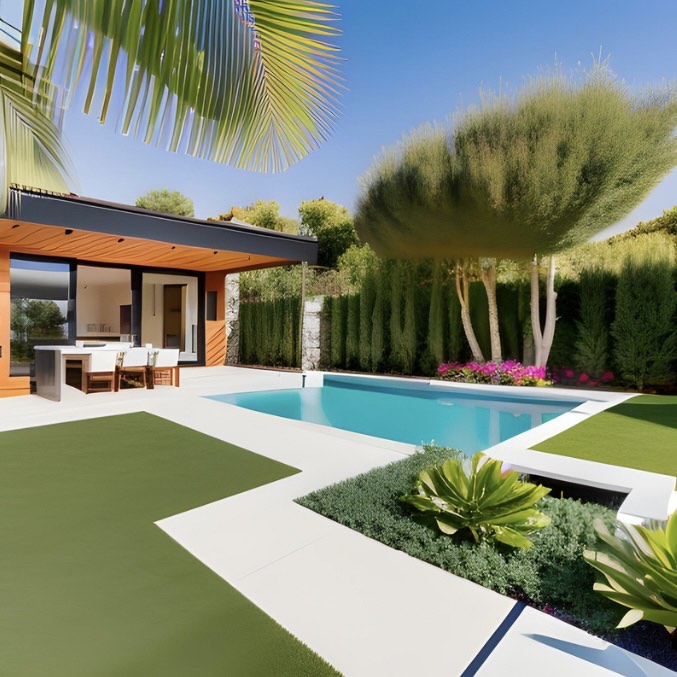
Conclusion
Investing in landscape design is a wise decision for homeowners looking to maximize their property’s value. By understanding the importance of landscape design, homeowners can reap the benefits of increased curb appeal, enhanced functionality, and higher return on investment. Staying up-to-date with landscape design trends ensures that your property remains attractive to potential buyers and aligns with modern preferences.
Whether you choose to invest in landscape construction, opt for a design and build approach, or hire a professional landscape design company, it is crucial to select a reputable and experienced team. Regular maintenance is key to preserving the long-term value of your landscape design and preventing potential issues from arising.
By considering the benefits, importance of landscape design and taking the necessary steps to implement and maintain a well-designed outdoor space, homeowners can significantly boost their property’s value and create a beautiful and inviting environment for themselves and their families. So, don’t overlook the potential of landscape design – start maximizing your property’s value today.
CTA: Get started on maximizing your property’s value with professional landscape design services. The importance of Landscape Design is truly crucial for success.

